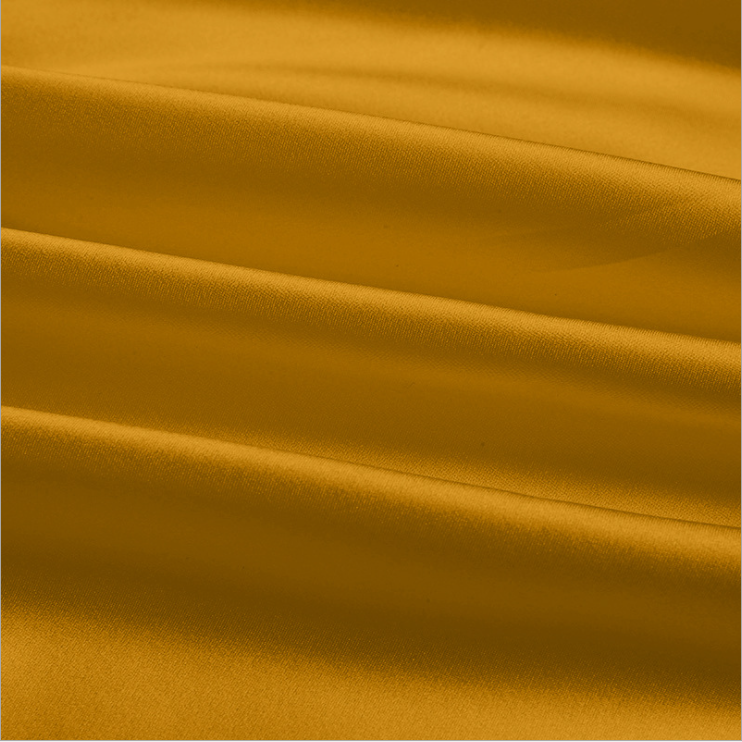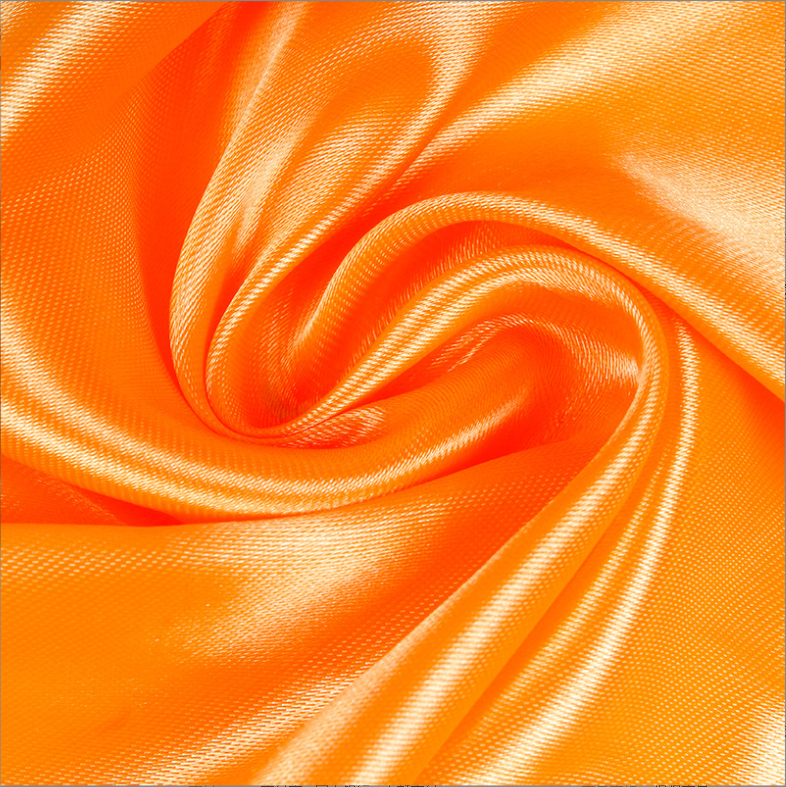Satin fabric and silk are two luxurious fabrics that are often confused with one another. Both of these delicate fabrics are soft to the touch with a glossy finish, so if you find yourself stumped between deciding which one to buy, take a look at the unique characteristics of each fabric to determine which is best suited for your needs or preferences.
Satin and silk can both be used to make clothing and accessories, but they have some distinct differences that go beyond their texture and appearance. Satin, which is created with a weaving technique, a synthetic fiber, while silk is naturally derived from the cocoons of silkworms in Asia that spin their cocoons into threads to create a soft fabric known as silk. Let’s explore how satin fabric vs. silk affects your project.
What Is Silk?
Silk is a fabric that was originally made from silkworm cocoons. Silk filament thread is commonly used in the production of clothing, fabrics and other textiles that come with a soft and shimmering aesthetic.
It's durable and shiny, but it's also more expensive because of the luxury fibers used to make the fabric. Silk is extremely delicate, so it's best for formal attire like suits and wedding dresses. A single silkworm creates a cocoon around itself when it senses winter is coming! The silk is taken from the cocoons to then be crafted into beautiful clothing.
The fabric of royal robes, silk, was originally found in China over 6,000 years ago. It became synonymous with wealth due to its historical appearance, as only the rich could afford it. Today, silk is produced all over the world for a variety of uses.
Although China is still one of the largest producers, India and Thailand are among the others who also produce silk and succeed at doing so. “Mulberry” is the scientific name for silkworms; they attach to this name because they feast on Mulberries when they are not spinning cocoons.
While silk is one of the strongest fabrics in the clothing industry, it loses some its strength when it is wet. It also does not do well with excessive exposure to sunlight and will eventually become weak from the strain. Silk has poor elasticity, which makes the fabric delicate like a piece of hair and susceptible to tearing even if we apply only a small amount of force. Silk is soft and smooth but with a hint of shimmer; this shimmer comes from its triangular prism-like structure that gives silk its luster and character, although this trait can make silk difficult to work with at times because it tends to get caught in others during manufacturing processes.

Though silk is natural, satin is actually made by humans. Often crafted from nylon or polyester, the appearance that satin gives, though, is one of a glossy finish since its surface is lustrous. Both satin fabric and silk have a "shimmer" or shine to its appearance.
Satin fabric can shrink up to 20% if you wash it in hot water. This shrinkage does not affect the products, and after drying, the size is as it was before washing. So be very careful while washing satin fabric, always read the instructions manual carefully before washing your satin fabric items otherwise you may face problem of- shrinkage or stretched in the size of fabric.
Satin fabric is smooth and glossy in appearance, very same as silk. Satin drapes well, which makes it perfect for a dress with a flattering silhouette and can be used to make anything from formal dresses to lingerie and the ties that go with them. If you need something very flamboyant and, in your face, satin could also be just what you're looking for!

Silk | Satin |
Natural fibers | Synthetic weave |
A type of natural fiber made from the cocoons of silkworms | A type of fabric weave made from natural and synthetic fibers such as silk, nylon, cotton, and polyester |
Hand wash only | Dry clean and can be washed in machine |
Difficult to maintain | Comparatively easy to maintain |
It has a smooth, soft, and luxurious feel | Silky and soft to the touch |
More expensive than satin | Cheaper and more affordable |
Strong and durable | Easily damaged |
Conclusion
Satin and silk are two very popular fabrics in the textile industry. They are made using different materials, but both have a beautiful sheen to them. There are many similarities between satin and silk, although as you know, silk is a type of fiber and satin is more of a weave. Both are durable and gorgeous, but the choice becomes personal preference, one's budget, or possibly even the type of fabric that best accomplishes the intended design you were visualizing!





 English
English German
German French
French Russian
Russian Spanish
Spanish Japanese
Japanese Korean
Korean Portuguese
Portuguese Ukrainian
Ukrainian Arabic
Arabic Italian
Italian











Leave A Comment